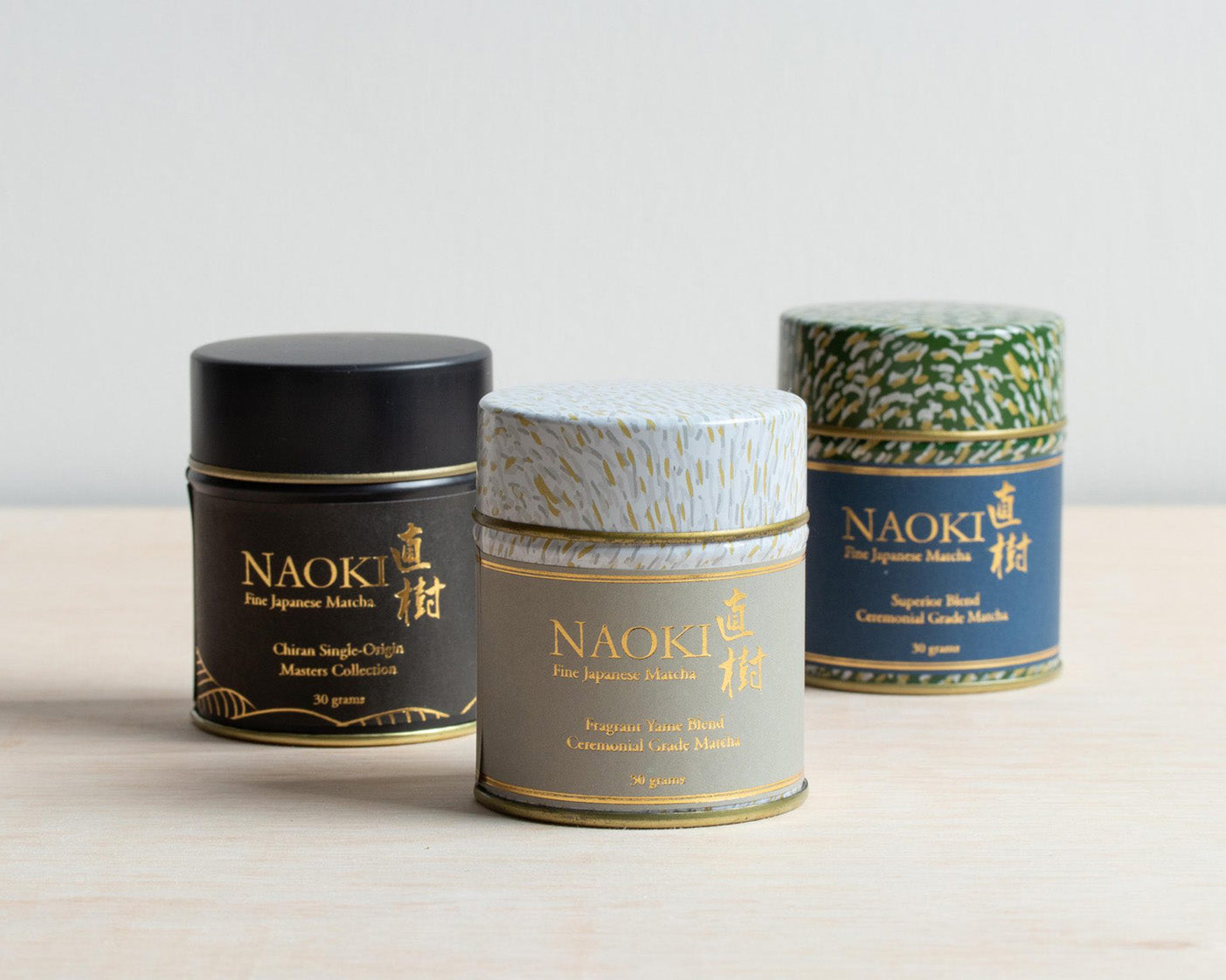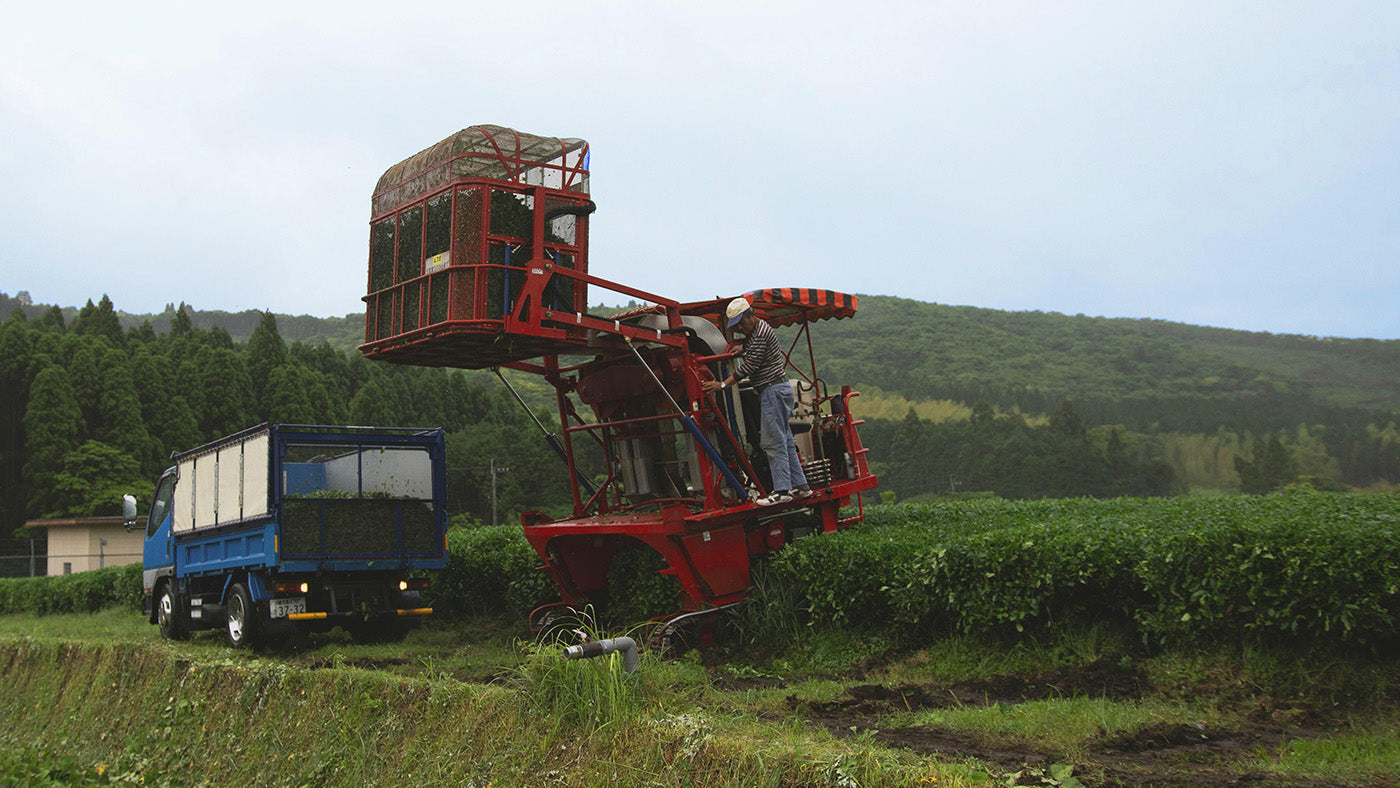Article: The Ultimate Japanese Hojicha Tea Guide
The Ultimate Japanese Hojicha Tea Guide

Though most varieties of Japanese green tea are made from the same tea plant (Camellia sinensis), each holds its own distinctive set of characteristics and flavor. One of the most popular type is the Japanese Hojicha, a tasty, unique “green tea” that’s actually brown in colour.
What is Hojicha?
Hojicha is a type of roasted Japanese green tea. In Japanese, ‘hoji' means roast and 'cha' means tea. What makes Hojicha unique compared to other Japanese Green tea varieties is that it goes through the roasting process.

Hojicha tea is made by roasting green tea leaves or stems from conventional Japanese green teas (Sencha or Bancha) at high temperatures after being steamed. Mature tea leaves are commonly used to make Hojicha, as younger tea leaves are too delicate for the roasting process. The roasting of the tea leaves is what gives Hojicha its unique roasted aroma, naturally earthy, sweet taste and beautiful reddish brown color.
Today, there are various types of Hojicha roasted green tea made available in the market, and it’s growing popular both as a beverage and as a flavouring for cakes, ice cream and various other dessert foods. Hojicha is commonly made from Bancha (older and mature tea leaves), Kukicha (from stems and twigs), or Sencha (unshaded tea leaves). All of which gives off slightly different flavors.
The origins of Hojicha
Hojicha was first introduced in Kyoto, Japan in the 1920s when a tea merchant sought to reduce machine harvest wastage. His idea was to roast the leftover leaves, stems and twigs over hot charcoal. The end result yielded a reddish-brown, fragrant tea with a unique smoky aroma and taste. Because it made for a pleasant, easy-to-drink beverage, Hojicha tea was quickly admired by the Japanese. After World War II, its popularity steadily grew both inside and outside of Japan to countries like Europe, Asia and America.
What does Hojicha taste like

As there are various types of Hojicha tea, the flavour can range from very light with mellow sweetness to a deep, full bodied smoky flavour. Generally, Hojicha has a light caramel-like flavour with subtle sweetness and nutty undertones. Hojicha’s taste is also comparable to that of coffee or roasted nuts. Unlike green tea, Hojicha is very low in astringency as most of the vegetal elements and bitterness is eliminated during the roasting process.
The final taste of Hojicha greatly depends on the type of tea it’s made of and the roasting temperature. The darker or heavily roasted tea leaves would have a more intense smoky flavour. If the tea leaves are made from Bancha, the Hojicha tea would usually taste lighter and soothing. If it’s made from stems, twigs or other parts of the tea plant, the tea leaves would usually yield a more aromatic scent, but remain light-bodied.
Does Hojicha tea have caffeine?
Just like any other types of green tea, Hojicha does contain caffeine. However, Hojicha’s caffeine content is very low as compared to other types of Japanese green tea. Caffeine in Hojicha is so low that even children drink it in Japan. What affects the amount of caffeine in Hojicha mainly depends on the type of tea leaves used.
While all types of Hojicha are low in caffeine, roasted Sencha tea leaves that are made into Hojicha usually contain a little more caffeine as compared to Hojicha made from mature Bancha tea leaves. Other parts of the tea plants like stems and twigs barely contain any amount of caffeine, which makes Hojicha Kukicha containing the lowest amount of caffeine.

For the sake of comparison, a cup of regular green tea contains about 30 mg of caffeine, while a cup of Hojicha contains only 7.7 mg of caffeine.
Hojicha loose leaf or Hojicha powder?
Hojicha tea is available in the market in the form of loose leaf tea or finely ground powder. Making Hojicha tea in its powder form is similar to making Matcha, the roasted Hojicha leaves are finely ground into powder through the stone mill after the roasting process. Depending on your personal preference, both Hojicha loose leaf tea and Hojicha powder give off a different flavour profile.
Hojicha Loose leaf tea
The Hojicha loose leaf tea is great for brewing as hot or iced tea. It gives a smoky taste with a natural hint of sweetness. Although it’s quicker to make Hojicha in its powder form, you can easily steep a good quality Hojicha loose leaf tea in hot water at 194F or (90C) for at least 30 seconds. If you’re using cold water to make Hojicha iced tea, you’ll have to steep it much longer.

Mixing the Hojicha loose leaf tea with hot water will naturally deepen its smoky flavour, so you might want to becareful to not overbrew as this will make your Hojicha tea taste bitter.
Hojicha Powder
Unlike Hojicha loose leaf tea that needs some time to brew, Hojicha tea powder dissolves very quickly in water. It yields a lighter, nutty flavour with notes of cocoa. If you’re always on the go, Hojicha tea powder makes the perfect everyday tea for you as it’s the fastest way to make a delicious cup of Hojicha tea.

Hojicha powder vs Matcha powder – what is the difference?
Although Matcha and Hojicha powder are both considered a type of Japanese green tea, they differ greatly in terms of characteristics and flavour.
Appearance
Hojicha has a reddish brown colour due to the process of roasting the tea leaves, while matcha is usually vibrant green. The intensity of the reddish-brown hue will depend on the specific techniques of the tea roaster and type of tea leaves used.

While matcha only comes in powder form, Hojicha is available in the form of loose leaf tea and also powder. The Hojicha powder is made by grinding the roasted tea leaves into a fine powder, which is similar to matcha.
Different cultivation methods
Matcha is made from young tea leaves that are shade grown, steamed and dried before grinding. On the other hand, Hojicha is much more forgiving and affordable. Hojicha is normally made from larger and cheaper tea leaves, stems and twigs that are fully grown under sunlight. The tea leaves are then steamed, dried and roasted.
Increasingly, we see that many people are fond of consuming hojicha in powder form – this makes it easy for use as a dessert or food flavor, or as a key flavour for making hojicha lattes.
Difference in Taste and Aroma
Matcha has a more complex flavour profile, which is often described as smooth, mildly bitter with umami notes, and a sweet aftertaste that usually lingers on the palate. Its complex flavour profile is due to the shading process that causes the buildup of Chlorophyl and L-theanine amino acids in the tea leaves.

On the contrary, Hojicha powder has a lighter, smoky aroma with some natural sweetness. Unlike matcha, Hojicha tea is much less finicky. Even if you were using cheaper hojicha powder, the differences will not be as pronounced because most of the bitterness is removed during the roasting process.
How to prepare Hojicha tea
Now that you’ve learnt more about Hojicha, here is how you prepare Hojicha tea with loose tea leaves. If you are interested in learning how to make hojicha latte or other types of desserts, be sure to check out our hojicha latte guide recipe page.
Preparing Hojicha tea with loose tea leaves

The best part about hojicha tea is that it is extremely forgiving. You can use boiling water and it will not affect the taste!
1. Take 2 teaspoons/2 grams of hojicha loose leaves into a strainer and add 8 oz / 230 ml of boiling water.
2. Let the Hojicha loose leaf tea steep for about 30 seconds to 1 minute before removing the tea strainer.


